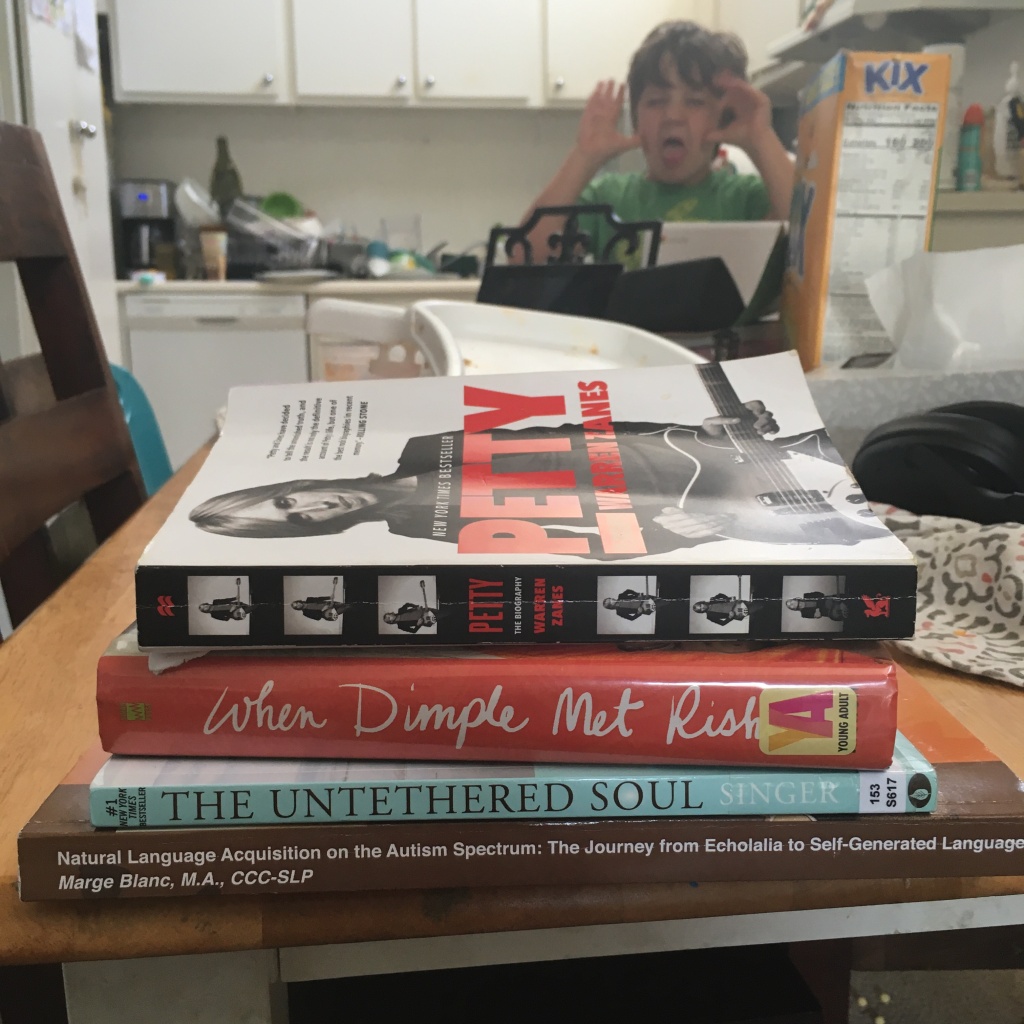The Last Free Slurpee Day in 3 Acts
Act 1–
I pulled up to a 7-Eleven on Ventura Blvd around 10:30am to use the ATM (because my credit union’s solution for not having enough ATMs is to let me use 7-Eleven ATMs without fees and I need cash to get us into public pools since public pools are still in the past and only take cash- and demand exact change at that…). I also wanted to scope out the “Free Slurpee Day” situation. I saw nothing about free Slurpees… I got my $$ and picked up some sodas to break one of the $20’s (because exact change, yo). I asked the cashier “Are you guys doing Free Slurpee Day?” The cashier said… “No… not this location.” I nodded and said “Huh…” He continued “I’ve heard about that somewhere- did you see an ad for it?” I replied “Well… for years, 7-Eleven has been giving away free Slurpees on July 11th- today. Today’s date is 7-11.” He shook his head “Oh wow! Wow- I didn’t even realize…” He gave me my change and told me “Have a good day” I responded “Have a good seven-eleven!” because I’m not a nerd. As I’m walking out the door, I hear him get his co-worker’s attention “Hey- today’s date is seven-eleven!”
Act 2-
Around 12pm, I pulled up to a different 7-Eleven, this time with my two kids. This location was the one we’ve been to last year and the year before- so we know they at least used to participate in Free Slurpee Day. I asked the cashier if it was Free Slurpee Day. He told me “It’s if you have the app.”
OH.
Hmph.
I have a dinosaur iPhone that doesn’t have room to even scan a QR code anymore, let alone download an app for a place I don’t go to more than 3 times a year (all in July, I guess…). So I decided I’m just paying for the Slurpees.
A woman who was juggling her purse, 3 kids and her much newer iPhone asked me “Do you know how this works in the app?” I said “No I’m just going to pay for mine…” The Slurpee area had been blockaded by boxes- to ward off an expected but absent crowd- and a man behind the boxes asked us what flavors we wanted. I listed the flavors for my kids. My 2-year old repeated “Tehwee” (Cherry) as soon as I said it. My 8 year old wanted that too. We were handed the official Slurpee day cups. I brought them up to the register and told the cashier I was paying for them. He charged us $1.00 each plus tax. I led my two sweet children back out to the car with their tehwee Slurpees and they were adorable but I couldn’t take a picture because Jurassic phone. I figured out later that if you want a refill of your first free Slurpee in your official cup, it’s “only” a dollar (as opposed to free… and maybe they would have been like “one per person” before- so that’s why I may or may not have gone to like 3 7-Elevens one year.. er, um… many years? ).
And that’s how you kill a magical tradition. You insist we all download your app and demand all our identifying information to sign up for your “rewards” program. You track our one allotted free smallest-size Slurpee (and do you get one for each of your kids?? I’m trying to figure that out… so far it sounds anecdotally like the cashiers allowed free Slurpees for the kids that were with you but the website explicitly says you get one coupon per app). The event was accompanied by a (gaslighting…) campaign about 11 days worth of “deals” leading up to today- celebrating their 95th anniversary by squeezing out more pennies and clutching their syrup-and-tiny-ice-shards closer.
The web page for this year’s event opens with a statement “Customers have often referred to 7-Eleven Day as Slurpee Day–now we are, too. Our very first Slurpee Day is extra special as we welcome our friends at Speedway to the party. Celebrate accordingly and enjoy a Slurpee® drink.” They go on to corporate-splain why they’re giving us free Slurpees. “Why Slurpee drinks? We want to show our appreciation for you with your fav drink, for FREE. It’s an annual tradition for us to say ‘thanks’ because we’re nothing without our customers.” (They’re thanking us by ruining the whole thing.)
You can use their app at Speedway (and “Stripes”?) also… these are names of convenience stores that I’m not familiar with, but maybe you are! The website also says that 7-Eleven’s been giving out free Slurpees on 7/11 for “almost 2 decades.” I think it’s an attempt to rebrand what they think is called “7 Eleven Day” as “Slurpee Day” so they can get some more franchises under their umbrella to participate in what is now just another throwaway coupon in an app you forgot you downloaded on your new phone with all the space…
So- anybody who doesn’t have a phone that can download apps just couldn’t participate. If you think about the kind of people who don’t have smart phones: poor people, homeless people, old people, children- people to whom a free Slurpee might be a bit more of an event than someone with a functional smart phone- and how they all got excluded… that’s a big trombone womp-wah if you ask me. I have one report of someone signing up for the rewards program but not needing to download the app- and that she got a free Slurpee for her and her kid. So okay- you have to download the app OR fill out a form- but still… they used to just give them away to whoever wanted them.
Act 3-
It’s not a holiday in America anymore without shooting. Six 7-Elevens were robbed near a place we were considering relocating to by what police think is the same person wielding a semi-automatic. 2 people died and 3 more were wounded. There is a quote from a police officer that the date is “not a coincidence.”
Happy last Free Slurpee Day, America.









